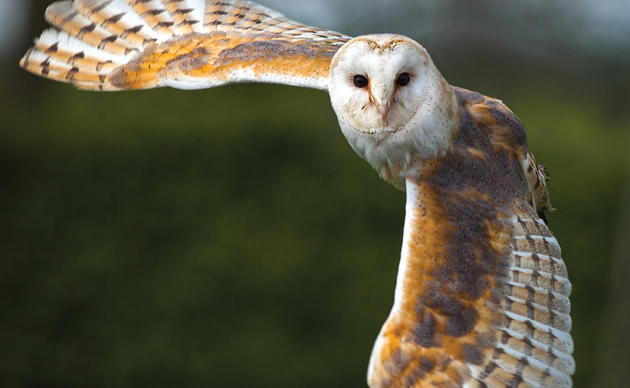Taking notes on the birds you see and hear can be a huge help in learning birds and becoming a more knowledgeable birder. This is what I do: Instead of just writing down the name of the bird (or an abbreviation or code), I use the following notations. Here are examples using a random species, the Scarlet Tanager (SCTA):
Scarlet Tanager (S) = I saw a SCTA, and it was singing.
Scarlet Tanager (C) = I saw a SCTA and it was calling.
S: Scarlet Tanager = I heard a SCTA singing.
C: Scarlet Tanager = I heard a SCTA calling.
In general, male birds use songs for attracting a mate and defending a territory against other males of the same species. Calls, on the other hand, are used by both males and females, adults and young, for many other things, e.g., warning, begging, or just keeping in touch. Songs tend to be longer and complex, and calls tend to be simple.
Many birders use an "H" to indicate that they have heard the bird but have not seen it. The advantage of the system I use is that it makes you aware of the bird's vocal behavior. It sure is nice to write down in January that the Song Sparrow you saw was also singing! Since songbirds generally sing most when they're looking for a mate, but less after they are paired, this system helps you be more aware of what's going on in the birds' lives. (Of course, taking notes on other behaviors you observe is a good idea, too.)
Becoming more aware of bird song is like adding another dimension to your birding. For more info, check out Donald Kroodsma's The Singing Life of Birds.
Good birding and bird-listening!
-- Charlotte Goedsche
Elisha Mitchell Audubon Society



